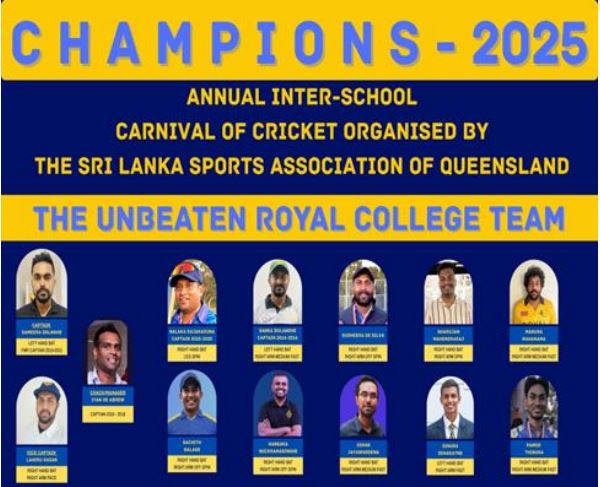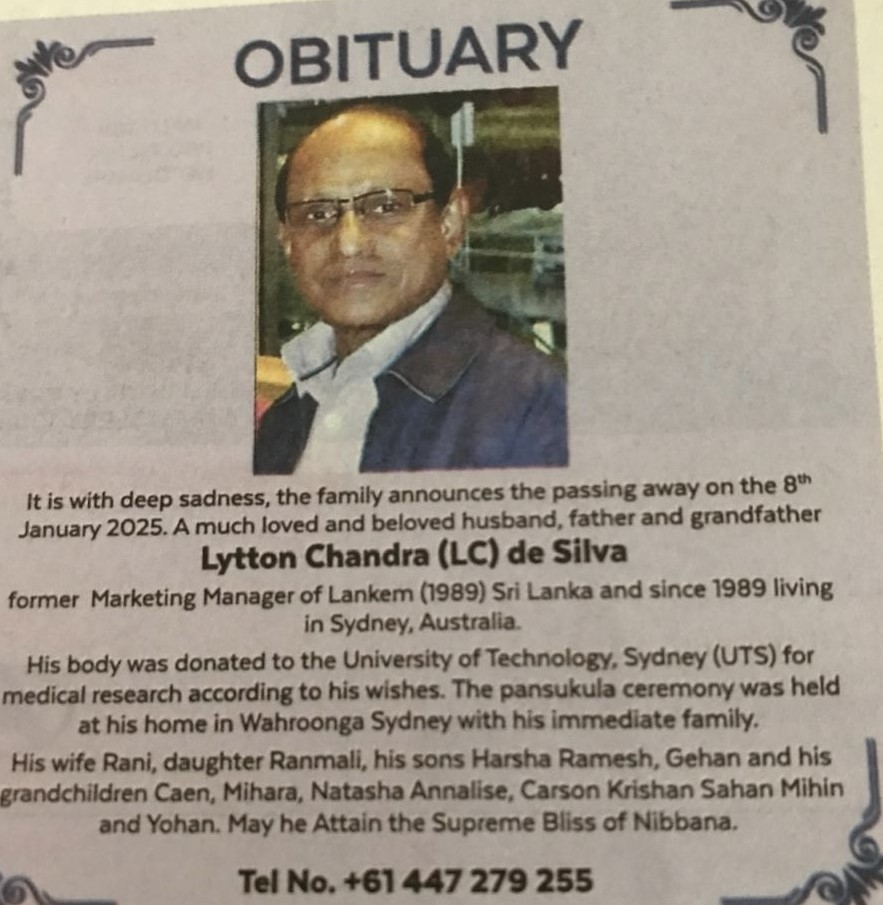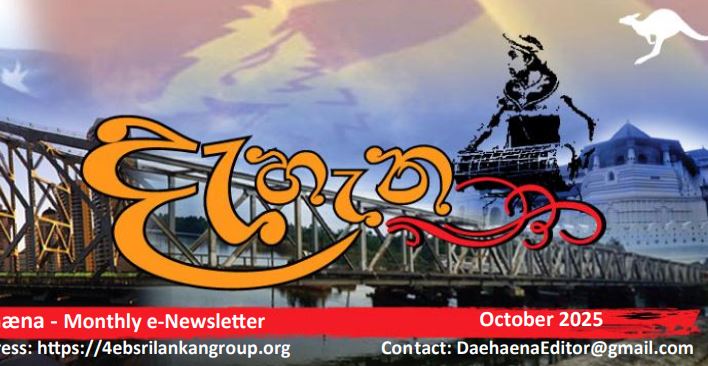Talangama Wetlands – unique microcosm of fauna and flora
By Arundathie Abeysinghe
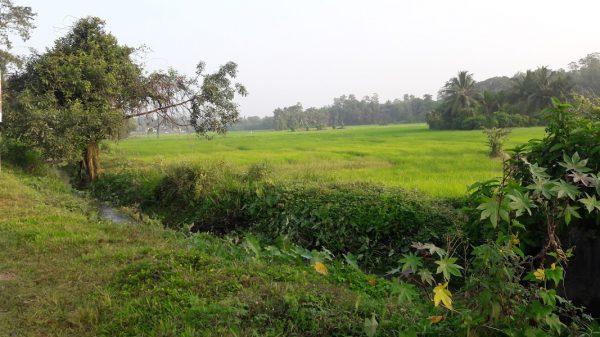
 Situated a few kilometers away from the hustle and bustle of the Commercial Capital Colombo on the outskirts of Colombo City and in close proximity to the administrative capital of Sri Jayawardenepura. Talangama *Wetlands and Lake or Talangama Tank (Talangama ‘Wewa’ in Sinhala) is a unique microcosm of fauna, avifauna and flora rippling around a sanctuary of peace.
Situated a few kilometers away from the hustle and bustle of the Commercial Capital Colombo on the outskirts of Colombo City and in close proximity to the administrative capital of Sri Jayawardenepura. Talangama *Wetlands and Lake or Talangama Tank (Talangama ‘Wewa’ in Sinhala) is a unique microcosm of fauna, avifauna and flora rippling around a sanctuary of peace.
The main Talangama Lake (also spelt as Thalangama Lake) and its environs are situated in the Madiwala catchment area. There are two tanks in close proximity to each other, Talangama Tank and Averihena Tank which are maintained by the Department of Irrigation. Talangama Lake is the primary source of water for paddy fields between Akuregoda and Talangama. Talangama Lake and Wetlands including its environs is a significant habitat for water birds and flora and fauna, an urban biodiversity refuge…
The Wetlands encompass a manmade irrigation reservoir, lush green paddy fields, canals, ponds as well as marshes, making it a unique and favorable ecosystem for diverse species of fauna, avifauna and flora to thrive in.
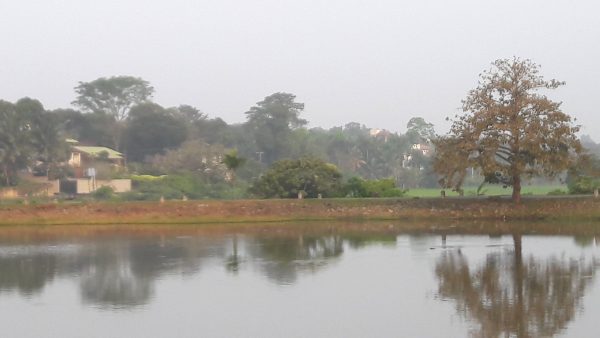
The main Talangama tank spans 11 hectares and is home to approximately 100 species of wetland birds species both endemic as well as migratory birds adding a profusion of color to the area such as purple swamp hens (Porphyrio porphyrio), lesser whistling teal also known as lesser whistling duck or Indian whistling duck (Dendrocygna javanica), bulbuls (Pycnonotus barbatus), glossy ibis (Plegadis falcinellus), cotton pigmy goose (Nettapus coromandelianus), water hens also known as common moorhen or swamp chicken (Gallinula chloropus), black-headed ibis (Threskiornis melanocephalus), kingfishers (Alcedinidae), little green bee-eater (Merops orientalis) little egrets (Egretta garzetta) and Indian paradise flycatcher (Terpsiphone paradisi). There are also numerous species of butterflies and dragonflies such as Blue-eyed Pondcruiser (Epophthalmia vittata), Rapacious Flangetails (Ictinogomphus rapax), Sombre Lieutenants (Brachydiplax sobrina) and Spine-legged Redbolts (Rhodothemis rufa). The Wetlands is also home to several amphibians and mammals such as Indian Porcupine (Hystrix indica), Fishing Cat (Prionailurus viverrinus), Palm Civet Cat (Paradoxurus hermaphroditus), Brown Mongoose (Herpestes fuscus) and Purple-faced Leaf Monkey (Trachypithecus vetulus). Migrant species include Black Bitterns (Ixobrychus flavicollis) and Yellow Bitterns (Ixobrychus sinensis). There are also nocturnal birds and nocturnal mammals in the wetlands.
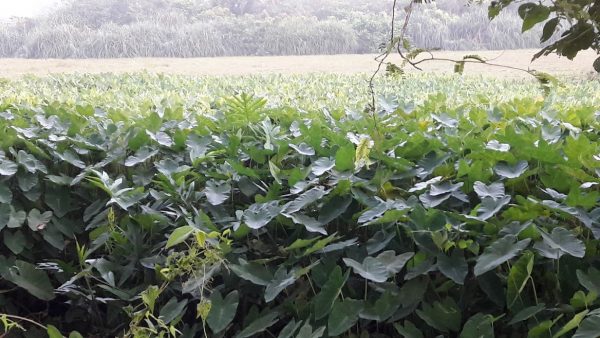
History of Talangama Lake and surrounding paddy fields dates to the 16th century. Talangama Tank was constructed during the reign of King Parakaramabahu VI of Kotte (1412-1467 CE) for irrigation purposes. According to scholars, Talangama Lake was also constructed as a bathing spot for the King’s royal elephants. At present too, one edge of the Lake is designated as a bathing spot for elephants. According to scholars, during the *Kotte Kingdom, Batapotha paddy fields had been the source of paddy supply to the palace.
Talangama Lake is situated in close proximity to Battaramulla, adjacent to *Kotte located on the opposite side of the *Diyawanna Oya (oya meaning stream in Sinhala). According to chronicles, during the period of the Kotte Kingdom, the cooks at the royal palace had traveled there daily by ferry across Diyawanna Oya. The place they embarked was called “bat-tota-mulla” (meaning ‘cooked rice-landing-corner’ in Sinhala, ‘cooked rice’ signifying a meal), which became ‘Battaramulla’, whereas Kotiyagoda, a suburb of Battaramulla derived its name from kotuwe-egoda (meaning ‘the shore opposite the fortress’).
According to locals, paddy fields irrigated by Thalangama Lake provide a valuable source of income to approximately 175 paddy farmers residing in the neighboring villages.
According to scholars, after the invasion of *Ceylon by British Colonials, they had constructed a church in 1850 in Battaramulla and called the village as “Thalangama” mentioning the area as “Thalangama” in every legal document. Yet, the villagers wanted to protect the old village name Battaramulla.
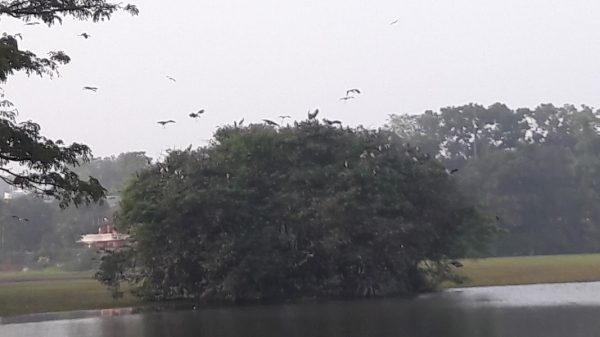
Talangama Wetlands was declared as an Environmental Protection Area (EPA) under the National Environmental Act in 2007 and the Central Environment Authority (CEA) issued a gazette declaring Talangama Wetland as an Environmental Protection Area.
The best time to visit the Wetlands is early in the morning or late evening when birds and other wildlife species are seen in plenty. During the period from November to April is the best period to watch birds as there are migratory birds too.
According to locals, many years ago, there had been an inscription dating to King Parkaramabahu VI’s era near the sluice gate which is not there at present.
Directions: Turn to Wewa Para (Lake Road) via Akuregoda Road or Sri Wickramasinghapura Road, a few kilometers from Sri Lanka’s Parliament to reach Talangama Lake and Wetlands.
- Ceylon – Sri Lanka gained Independence from British Colonials in 1948. In 1972, Ceylon became a republic within the Commonwealth and Ceylon was thereafter known as Sri Lanka.
- Convention of Malwana (1597) – An agreement between the Portuguese Colonials and the native chiefs of Ceylon in which the chiefs swore allegiance to the king of Portugal and in return were assured that their laws and customs would be left inviolate. The Convention also provided that the Ceylonese (present Sri Lankans) should render all traditional services and taxes to their new sovereign. The main objective of the Convention which was summoned after the Portuguese Colonials had already assumed control of Ceylon was to lend a guise of legality to the seizure of Ceylon by Portuguese Colonials.
- Diyawanna Oya – A lake situated within Sri Jayawardenepura Kotte, Sri Lanka. The Lake is very popular as the Parliament Building (of Sri Lanka) is built on an artificial island at the center of the lake.
- King Don Juan Dharmapala – According to *Mahawamsa, Don João Dharmapala Peria Bandara (1541 –1597) also known as Dom Juan Dharmapala was the last king of the Kingdom of Kotte. He was the only Catholic King in Sri Lanka’s history.
- Kingdom of Kotte – A Sinhalese kingdom that flourished in *Ceylon during the 15th century. King Parakramabahu VI (1412–67) was the last native sovereign to unify all of Ceylon under one rule and by 1450, the King had with his conquest of the Kingdom of Jaffna in the Northern Peninsula unified the entire country. By 1477, almost 10 years after the death of King Parakramabahu VI, Jaffna and the powerful Kingdom of Kandy had thrown off the suzerainty of Kingdom of Kotte. In 1505, with the arrival of the Portuguese Colonials, the king of Kotte agreed to pay tribute to Portugal becoming the first Sinhalese King to accept the suzerainty of a European King. Thereafter, the Kingdom of Kotte continued to exist nominally until 1597 and with the death of its last ruler, *King Don Juan Dharmapala, sovereignty was officially passed to the king of Portugal by a written agreement between Portuguese officials and native Sinhalese chiefs at the *Convention of Malwana.
- Kotte – Sri Jayawardenepura Kotte, commonly known as Kotte is the legislative and administrative capital of Sri Lanka.
- Mahawamsa – “Great Chronicle” or “Great Dynasty” in Sinhala is the most significant work of Sri Lankan origin written in Pali Language. This Chronicle describes life and times of Sri Lankans from the arrival of Vijaya in 43 BC to the reign of King Mahasena from sixth century BC to fourth century AD. Culawamsa (lesser chronicle) covers the period from fourth century AD to British takeover of Sri Lanka in 1815. Mahawamsa consists of three parts covering a historical record of over two millennia. It is considered as the world’s longest unbroken historical record.
- Ramsar Convention – Also known as the Convention on Wetlands is an international treaty for the conservation and suitable utilization of wetlands named after the city of Ramsar in Iran where the Convention was signed on February, 2nd 1971 and effective from December, 21st
- Wetlands – Wetlands are helpful in the mitigation of floods, offer protection from storms, help in the retention of sediment, act as a carbon sink and are an excellent purifier of water. According to *Ramsar Convention, a wetland is defined as a distinct ecosystem flooded by water, either permanently or seasonally, where oxygen-free processes prevail. Ramsar Convention defines wetland as ‘areas of marsh, fen, peatland or water, whether natural or artificial, permanent or temporary, with water that is static or flowing, fresh, brackish or salt, including areas of marine water the depth of which at low tide does not exceed six meters’.

















